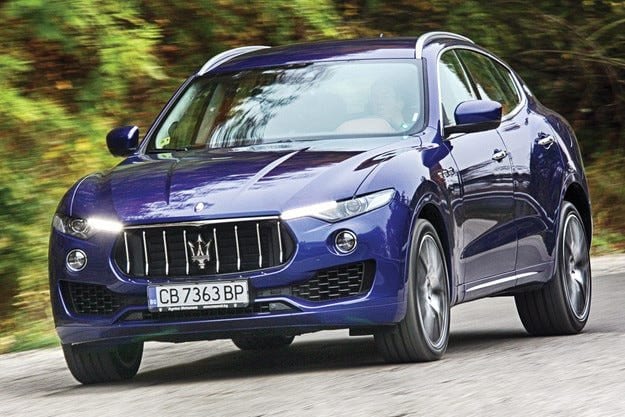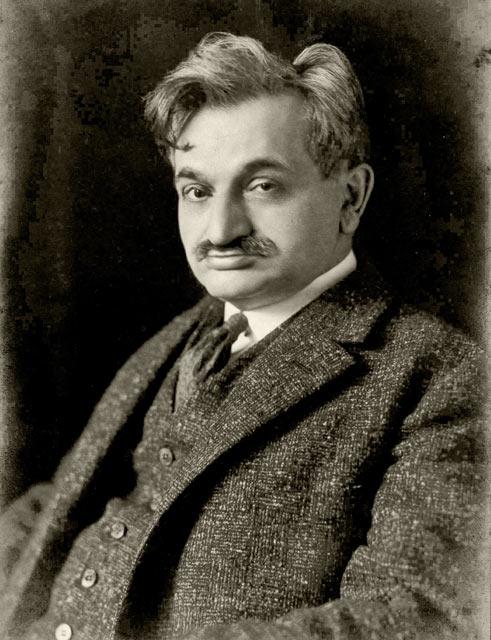
Test drive Maserati Levante: the wrath of Neptune

Driving the first SUV in the history of the legendary Italian brand
The truth is that the launch of SUV models by the most famous traditionalists in the auto industry seems to have been neither news nor a sensation for a long time. Few manufacturers still do not have at least one product of this type in their range, and even fewer are not planning something similar in the near future. Porsche, Jaguar, even Bentley already offer such a modern breed of customers, and we are unlikely to have to wait long for Lamborghini and Rolls-Royce to enter the race either. Yes, classic car concepts will always remain a thing of beauty, and none of these companies have any intention of abandoning them, but the era is such that in order to keep your business profitable and have the luxury of keeping what you can most, well and in general, with the greatest passion, it is necessary to achieve at least relative volume. And volume is currently being achieved through... yes, mostly crossovers, SUVs and all sorts of crossovers between different vehicle categories.
Maserati enters unknown waters
The entry of the Maserati brand into the SUV class was actively discussed back in 2003, when the Kubang studio was shown. However, the shocks and changes that followed in the Italian concern significantly delayed the debut of the production model, which, by the way, happened to the projects of all other brands under the auspices of Fiat. Finally, however, the long-awaited moment has come - the first Maserati SUV has already become a fact, and the first deliveries to customers are already ready.
For Maserati fans who are familiar with the brand's iconic sports and racing classics, as well as the sleek Quattroporte sedans, it will probably be quite difficult to fully sense the Levante's presence at first. Simply because the new model of the company is a five-meter colossus weighing 2,1 tons, and this, wherever you look, is far from everything that we are used to associating with the brand. But in the end, demand largely determines supply, and at least right now the appetite for such models seems insatiable.
According to the headlines in the Maserati Levante press, this car should take the brand's typical stylistic language into a whole new class. This is undeniable for a new segment, but the part about retaining the characteristic Maserati design, at least as far as the exterior is concerned, so to speak, is partly true. As for the large vertically slatted grille and small openings in the front fenders, some key elements are present and look pleasing to the eye. Since then, the body shapes have shown a somewhat hesitant approach on the part of the designers, which is rather surprising, given the undoubtedly high reputation of the Italians in this area. For example, especially if you look at three-quarters of the rear, the car strongly resembles a no longer a new product - the work of a Japanese manufacturer of premium models. This does not mean that the Maserati Levante looks bad - on the contrary. However, design icons are a little different, and Italians are among those who understand this especially well.
Inside the car, there is a technocratic atmosphere with the addition of classic elements such as the engine start button to the left of the steering wheel and an analog clock at the top of the center console. Mahogany trim and soft leather upholstery create a classic sense of nobility, while the large touchscreen and impressive graphics on the display between the driving controls are typical of the current wave of Maserati Levante offerings.
The athlete's spirit in the body of a heavyweight wrestler
The real "Maserati feel" in the Levante still comes through, and that's when the engine fires up. The petrol Model S is powered by a V-shaped 6-cylinder bi-turbo engine, which, as soon as it wakes up, begins to growl like a caged animal. Its interaction with the eight-speed torque converter automatic is characterized by a sense of energy and spontaneity - traction during acceleration is impressive, and when the sport mode is activated, the drive responses are frankly admirable for the driver. A powerful metallic roar at high speeds, a crackling exhaust system when removing the throttle to a lower gear, direct reactions of the steering system, a very slight lateral tilt of the body - the combination of all these factors sometimes makes you forget that you are in a car weighing more than 2100 kilograms, a three-meter wheelbase and five meters of the total length of the body.
In certain situations on the road, the dramatic behavior has a not entirely positive side - for example, the acoustics of the drive when driving on the highway - another idea that is more intrusive than it really needs to be. Fuel consumption of a gasoline SUV with a capacity of more than 400 hp in this category is probably not a leading buying factor, so numbers around twenty percent are unlikely to confuse any of the potential buyers of the model, and besides, the Maserati Levante can be ordered with the already familiar Ghibli energetic diesel engine, which, from a pragmatic point of view, it would be a smarter choice. How practical arguments can have anything to do with Maserati - including when it comes to SUVs.
CONCLUSION
The Maserati Levante promises to be an interesting alternative in the luxury and performance SUV segment, with its powertrain characteristics and road behavior reminiscent of the brand's sports car tradition. Long-distance comfort could be better, and body design more recognizable, as befits an elite representative of the Italian school.
+ Extremely temperamental engine, unusually dynamic behavior on the road for an SUV, good brakes, rich equipment, attractive interior;
- High fuel consumption, high cost, noise from the drive when driving on the highway is louder than necessary;
Text: Bozhan Boshnakov
Photo: Miroslav Nikolov
